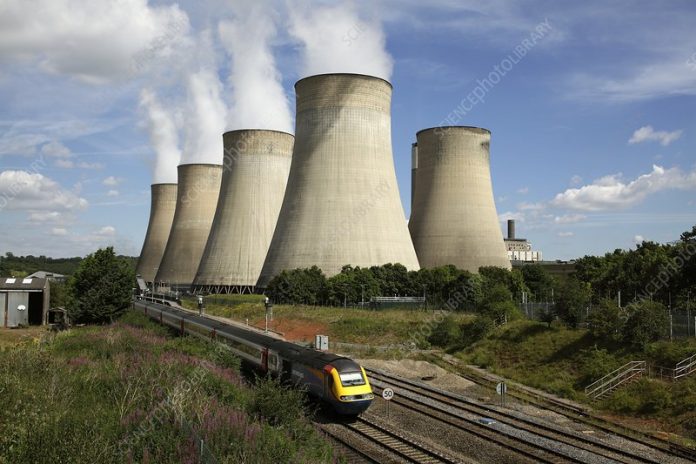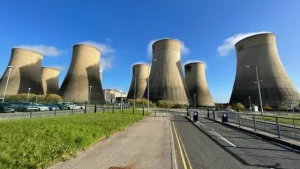
The Great Britain has become the first country in the world out of the seven (G7) countries with major economies to stop coal generation. Coal is formed from plant remains that have been compacted, hardened, chemically altered, and metamorphosed by heat. It is a sedimentary deposit composed of carbon that is readily combustible.
Coal is primarily used as fuel to generate electric power. In coal-fired power plants, bituminous coal, subbituminous coal, or lignite is burned. The heat produced by the combustion of the coal is used to convert water into high-pressure steam, which drives a turbine, which produces electricity. Britain has generated coal since the industrial revolution began 142 years ago.
The Ratcliffe-on soar power station, a coal plant that provides 1/3rd of Britain’s electricity will close its doors today, 30th September 2024 following an announcement made by UK’s government in 2015 to end coal power generation in the Great Britain over the next decade.
Ratcliffe-on-soar power station in Nottingham is the largest coal station in wales, established in 1968. It occupies 270 ha and is a landmark in Britain with 8 concrete cooling towers and a 650 – foot chimney that acted as an attractive scenery that people love to watch while driving.

When Ratcliffe station was built coal was the backbone of industrial progress. It was the pillar of UK’s energy security for decades. It powered 2 million homes and businesses, it boosted UK’s economic growth, supported and supported livelihoods. The main aim of closure is to deliver low carbon fuel as well as green and reliable energy.

